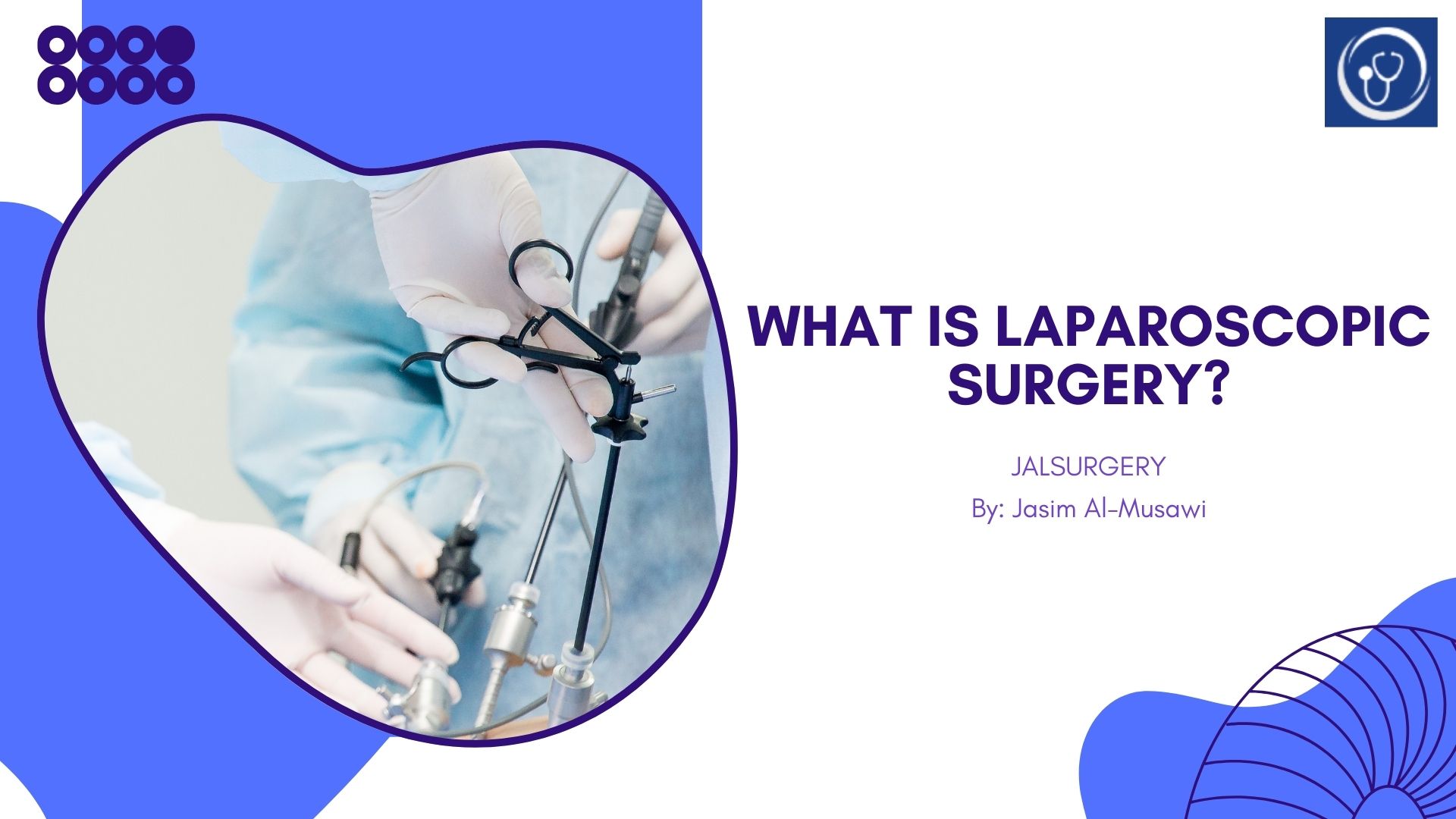Modern surgery has evolved well beyond large incisions and long recoveries. One of the most significant advances is laparoscopic surgery—often called keyhole surgery. At JAL Surgery, this approach underpins many of our procedures because it combines surgical precision with faster healing and better outcomes. Over the past few decades, laparoscopic surgery has revolutionized how surgeons approach abdominal and pelvic operations, making surgery safer, faster, and less painful for patients.
What Is Laparoscopic Surgery?
Laparoscopic surgery uses a tiny camera (laparoscope) and specialised instruments inserted through small cuts in the skin—typically 0.5–1 cm. These tiny incisions are far smaller than those required in traditional open surgery. The laparoscope contains a high-resolution camera that transmits real-time images to a monitor, allowing the surgeon to see the internal organs in great detail.
The use of laparoscopic surgery has expanded over the years due to its minimally invasive nature. Unlike open surgery, which requires large incisions and often results in prolonged pain and recovery, laparoscopic procedures focus on precision, minimizing tissue damage while achieving the same surgical goals.
Common procedures performed laparoscopically include:
-
Gallbladder removal (cholecystectomy): This is one of the most common laparoscopic surgeries. Gallstones, which can cause severe pain and digestive issues, are removed safely without the need for large abdominal cuts.
-
Hernia repair: Laparoscopic hernia repair allows surgeons to fix abdominal wall weaknesses while reducing post-operative pain and risk of recurrence.
-
Appendectomy: The removal of an inflamed appendix can be done quickly and with minimal discomfort using laparoscopy.
-
Colon and small-bowel operations: Procedures for conditions like diverticulitis, colon cancer, or bowel obstruction can often be performed laparoscopically, allowing faster return to normal activities.
-
Certain gynaecological and bariatric procedures: Laparoscopic techniques are widely used for hysterectomies, ovarian cyst removal, and weight-loss surgeries such as gastric sleeve or gastric bypass.
These procedures demonstrate the versatility of laparoscopic surgery across a wide range of medical conditions, highlighting why it has become the preferred method for many surgeons and patients alike.
Why Is It Preferred?
Compared with open surgery, laparoscopy consistently delivers key advantages:
-
Smaller incisions → less pain
Tiny cuts mean less trauma to muscle and skin, reducing post-operative discomfort. Smaller wounds also mean less need for strong pain medications, helping patients recover more comfortably and with fewer side effects. -
Faster recovery
Most patients can return to normal activity and work days to weeks sooner than after open surgery. This quicker recovery not only improves quality of life but also reduces the economic impact of taking extended time off work. -
Lower risk of complications
Smaller wounds translate into fewer wound infections and hernias. Additionally, because laparoscopic surgery involves minimal tissue handling, there is generally less blood loss during surgery, which contributes to overall patient safety. -
Minimal scarring
Fine, discreet scars are a major cosmetic benefit. Patients often feel more confident about their appearance post-surgery, especially when procedures involve the abdomen or other visible areas. -
Better visualisation for the surgeon
High-definition magnification provides a clearer view of delicate structures, which can improve precision. Surgeons can identify and navigate around critical structures such as nerves and blood vessels more accurately, reducing the likelihood of inadvertent injury.
Additionally, laparoscopic surgery often results in less post-operative swelling and a lower incidence of adhesion formation, which can be a significant long-term benefit, especially for abdominal and pelvic surgeries.
Is Laparoscopic Surgery Always Possible?
Not always. Certain factors—extensive scar tissue from previous surgery, severe infection, or very large tumours—may make an open approach safer. In some cases, the complexity of the condition may require hybrid techniques, where laparoscopic and open methods are combined. Your surgeon will assess these variables during your consultation and explain the best plan for you.
Other factors that may influence the decision include the patient’s overall health, age, body weight, and the presence of chronic medical conditions such as heart or lung disease. Pre-operative imaging, such as CT scans or MRIs, can help determine whether laparoscopic surgery is feasible and safe for the individual patient.
The JAL Surgery Approach
At JAL Surgery, we specialise in advanced laparoscopic techniques. Every operation is tailored to the patient:
-
Comprehensive pre-operative assessment
Before surgery, our team conducts thorough evaluations, including medical history, imaging studies, and lab tests, to ensure each patient is prepared physically and mentally for the procedure. -
State-of-the-art operating theatres
We use the latest laparoscopic equipment and high-definition cameras to provide precise surgery with maximum safety and efficiency. -
Meticulous post-operative care and rapid follow-up
Recovery does not end when surgery is completed. We monitor our patients closely, provide detailed instructions for wound care, pain management, and activity levels, and ensure follow-up appointments to track healing and address any concerns promptly.
Conclusion
Laparoscopic surgery combines modern technology with proven surgical safety. For many conditions, it offers the best balance of precision, comfort, and speed of recovery. By reducing pain, scarring, and complications while improving visualisation for the surgeon, this minimally invasive approach represents a major step forward in surgical care.

